ABOUT US
Guangdong Kaiyu Science and Education Culture Co., Ltd, founded in 2004, is located in Chenghai, the hometown of Chinese toys.
Focus on the research, development, production and sales of educational toys and teaching aids for preschool , science and education.
Adhere to the purpose of credibility-based, quality-first, continuous advancement, and sincere service, We create our own Chinese science and education brand!
Why Choose Us
"With a pragmatic career mentality and excellent supporting facilities resources, we provide customers with high-quality services"
Quality management
Behind thousands of trusts is 100% reliable quality
Advanced production strength
In the production workshop of more than 30,000 square meters, it is the machines, not the workers, who are busy
Recommended
news
Tel: +86-754-85726369
Email: sales01@kaiyutoys.com
Address: Beside Tiexian Line, Duoyuanlou Village, Qiandong Town, Raoping CountyChaozhou City, Guangdong Province
Copyright © Guangdong Kaiyu Science And Education Culture Co.,Ltd. Powered by 300.cn 粤ICP备2022049666号

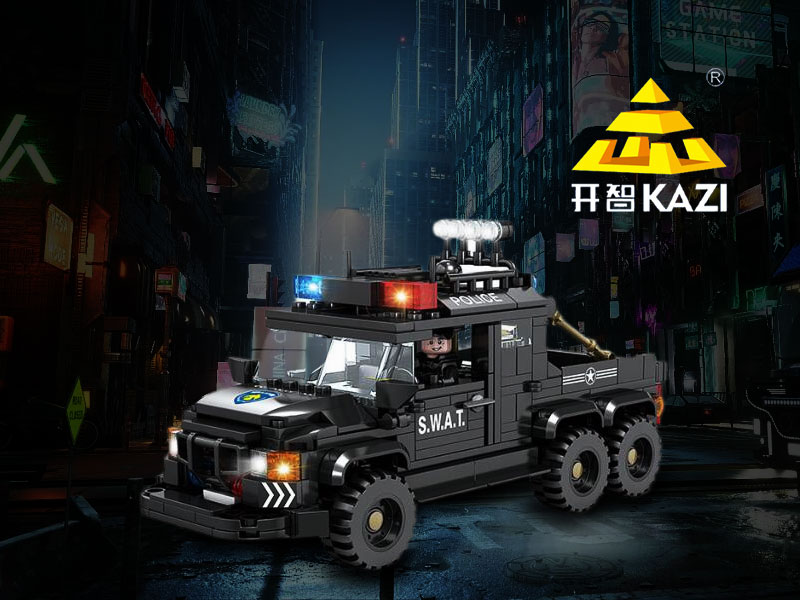
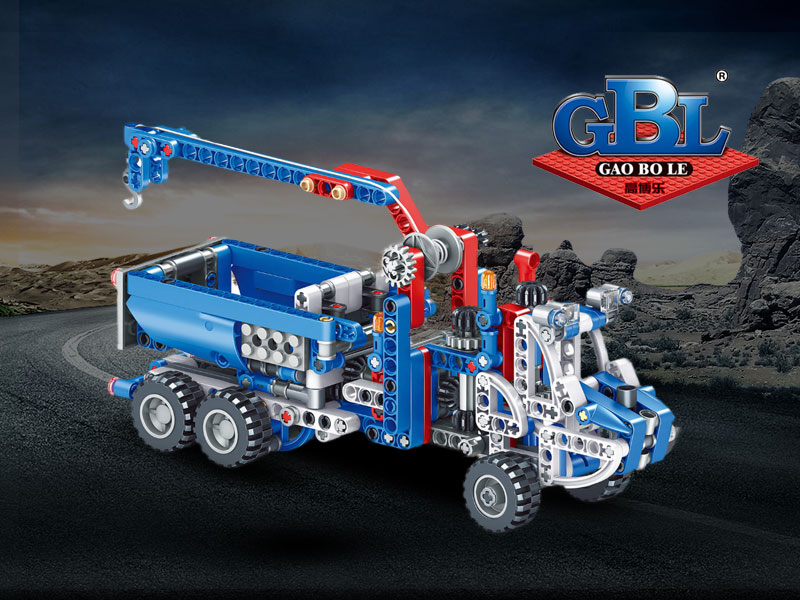
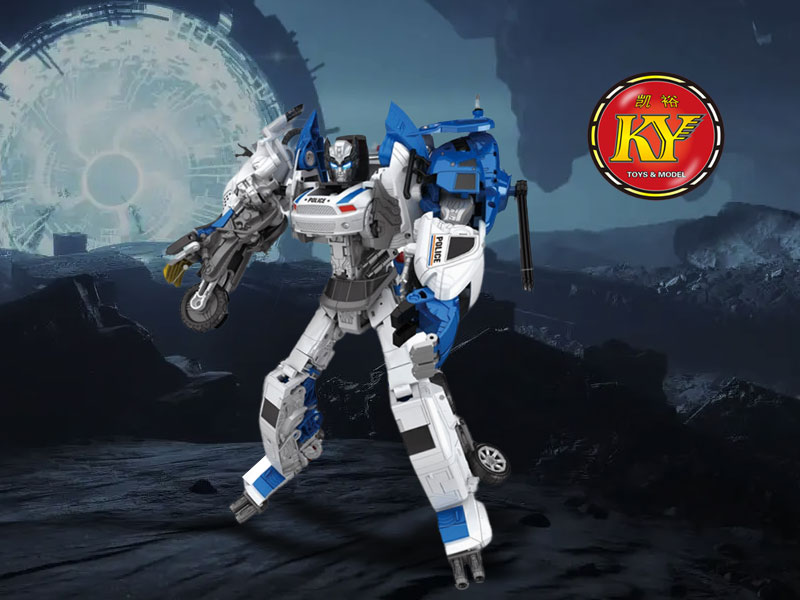

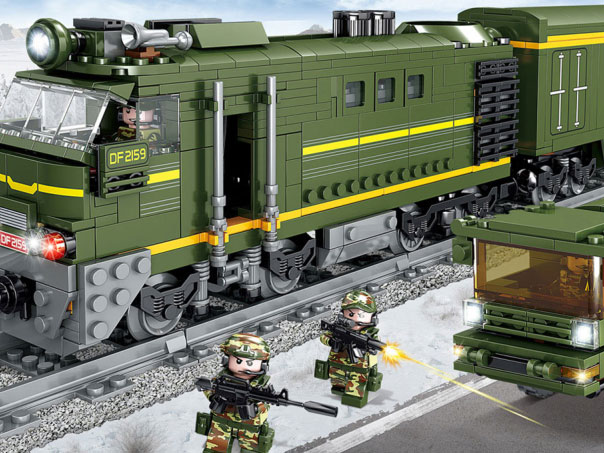
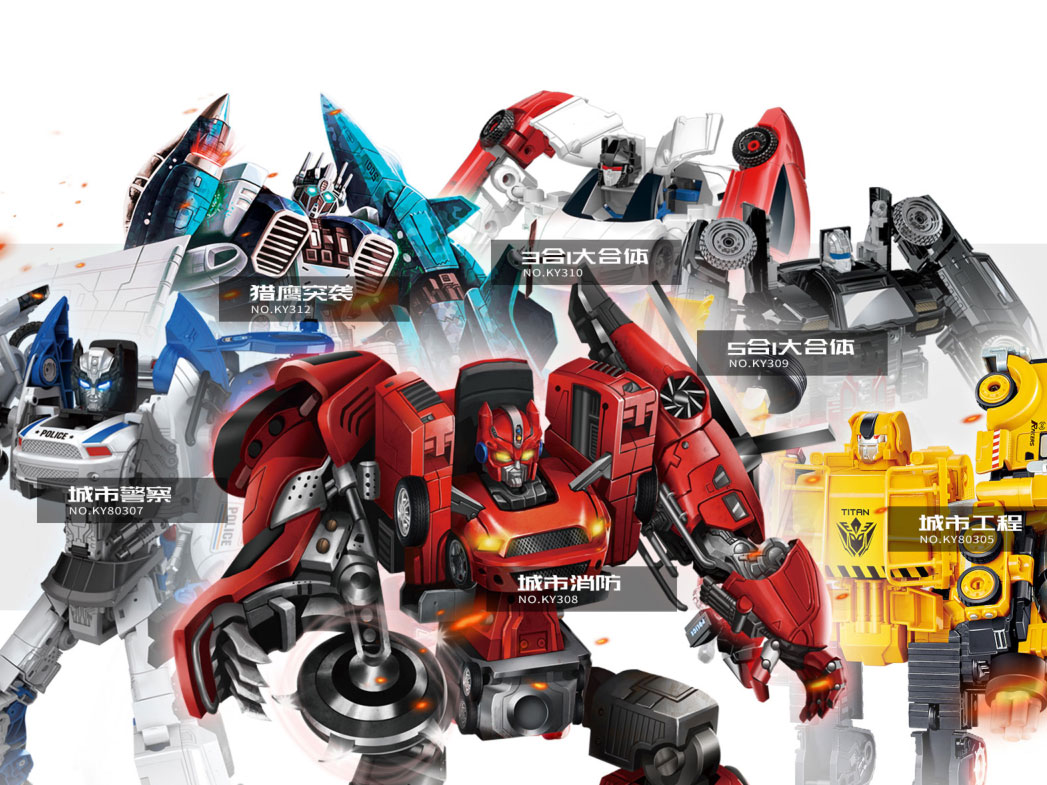
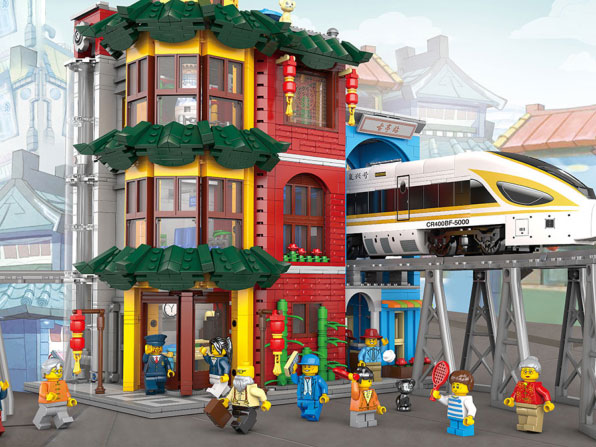
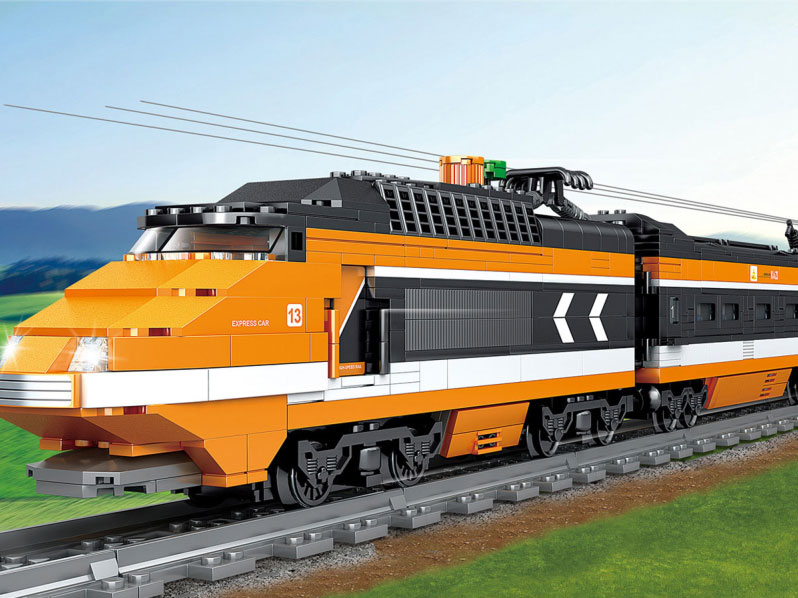
 +86-754-85726369
+86-754-85726369 E-mail:sales01@kaiyutoys.com
E-mail:sales01@kaiyutoys.com